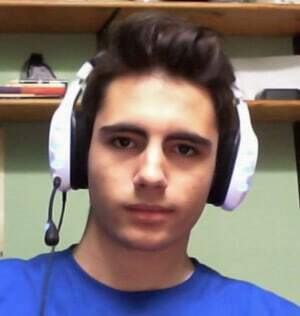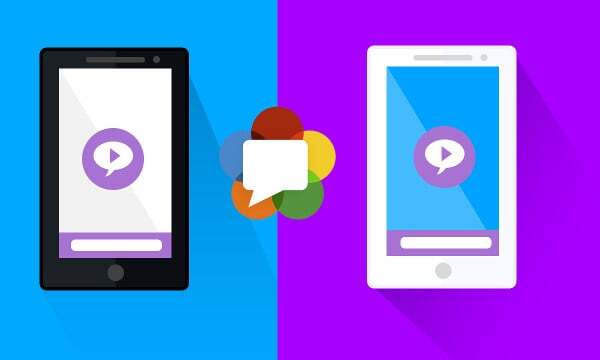The youth is headed to WebRTC.
If I had to implement a VoIP service when I first started programming, I am not sure if I would have succeeded. My first paid programming work was writing a small utility that maintained the list of computer games available at a small store in my hometown. That was at the age of 13.
VoIP was impossible back then for someone that young. Today? With WebRTC? A totally different story.
 The first place at WebRTCfest 2014 was given to a 16 year old. He did something interesting with WebRTC. That teenage is Horus Lugo López, and as the name suggests, he lives in Spain. He goes to a regular school, but decided to play with WebRTC and submit his app to WebRTCfest.
The first place at WebRTCfest 2014 was given to a 16 year old. He did something interesting with WebRTC. That teenage is Horus Lugo López, and as the name suggests, he lives in Spain. He goes to a regular school, but decided to play with WebRTC and submit his app to WebRTCfest.
Here’s a quick interview I did with him. Think about it with the context of reducing the barrier of entry to VoIP for developers.
Why WebRTC? What got you to look at this technology at your age?
Because it is a secure way to make connections in an app.
I love technology so when I heard about this I knew that I had to learn more about it and make some awesome apps with it!
How did you hear about WebRTC Fest and what made you register and join?
I found about it on twitter, when I saw the official WebRTC account announce the hackathon.
I registered because it looked like a challenge for me and a way to know if I’m good with WebRTC and Javascript.
Can you tell us more about your Video Party hack?
Of course. It uses the PeerJS library and works with data channels. Each user has a little profile for a biography of 512 characters and an avatar (URL image). The app have a contact list too where one can add new contacts for a fast connection. The main function of the app is watching videos and chatting about what you are watching at the same time with other users because they’re watching the same thing on their screen. I still have to add additional functions and Material Design before I go public with it.

What have you used there for signaling?
PeerJS data channels.
How did you synchronize the video on both ends?
We have 3 users: A, B, and C.
When A put a video sends the data that he is watching a video and a button appears on B’s chat. B clicks the button and sends to A a data that asks for the video url and the currently time of it. A returns it and B starts to see the video at the time received.
Later C, that was on the bathroom arrive the chat and he see the notification of they are watching a video. C clicks on the notification and make the petition to A and A returns the data (video link and current time in the video) and C starts to see the video.
What do you want to do when you grow up?
I want to study Software Engineering and live in California, If It is possible, have my own company or work for a big one.
For now, I an working on a social network using NodeJS and It will include my WebRTC chat.
–
The interviews are intended to give different viewpoints than my own – you can read more WebRTC interviews.
